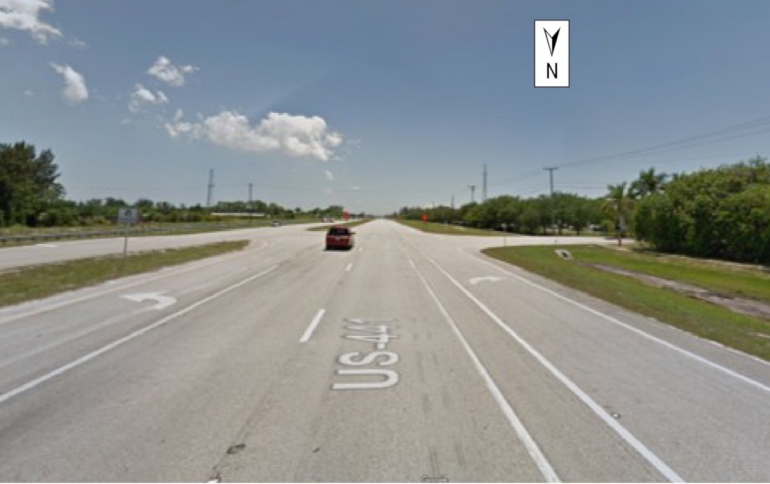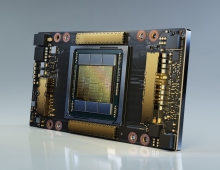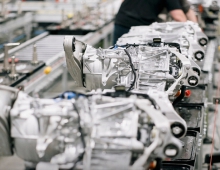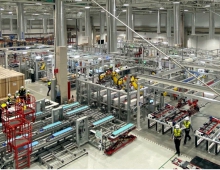
NTSB Says Autopilot Was Enabled Before Tesla Hit Semitrailer
The Tesla Model S involved in a fatal crash with a semitrailer in Florida March 1 was operating on the company’s semi-autonomous Autopilot system, NTSB announced.
A 2018 Tesla Model 3 electric-powered passenger struck a 2019 International truck-tractor in combination with a semitrailer.
According to surveillance video in the area and forward-facing video from the Tesla, the combination vehicle slowed as it crossed the southbound lanes, blocking the Tesla’s path. The Tesla struck the left side of the semitrailer. The roof of the Tesla was sheared off as the vehicle underrode the semitrailer and continued south. The 50-year-old male Tesla driver died as a result of the crash. The 45-year-old male driver of the combination vehicle was uninjured.
Preliminary data from the vehicle show that the Tesla’s Autopilot system—an advanced driver assistance system (ADAS) that provides both longitudinal and lateral control over vehicle motion—was active at the time of the crash.
According to NTSB, the driver engaged the Autopilot about 10 seconds before the collision. From less than 8 seconds before the crash to the time of impact, the vehicle did not detect the driver’s hands on the steering wheel. Preliminary vehicle data show that the Tesla was traveling about 68 mph when it struck the semitrailer. Neither the preliminary data nor the videos indicate that the driver or the ADAS executed evasive maneuvers.
The crash raises questions about the effectiveness of Autopilot, which uses cameras, long-range radar and computers to detect objects in front of the cars to avoid collisions. The system also can keep a car in its lane, change lanes and navigate freeway interchanges.
Tesla has maintained that the system is designed only to assist drivers, who must pay attention at all times and be ready to intervene.
The company said in a statement Thursday it too determined Autopilot was in use at the time of crash and had also informed the NTSB and National Highway Traffic Safety Administration shortly after the accident that “the driver immediately removed his hands from the wheel,” according to a company spokesperson. “Autopilot had not been used at any other time during that drive.” Vehicle logs show that he took his hands off the steering wheel immediately after activating Autopilot, Tesla's statement said. “We are deeply saddened by this accident and our thoughts are with everyone affected by this tragedy.”
Tesla added it’s saddened by the crash and that drivers have traveled more than 1 billion miles while using Autopilot.
“When used properly by an attentive driver who is prepared to take control at all times, drivers supported by Autopilot are safer than those operating without assistance,” the company said.
The National Transportation Safety Board (NTSB) continues to gather information on the operation of the Tesla’s ADAS and the Tesla driver’s actions leading up to the crash. The investigation will also examine the driver of the combination vehicle, the motor carrier, highway factors, and survival factors.
The crash also casts doubt on Musk’s statement that Tesla will have fully self-driving vehicles on the roads sometime next year. Musk said last month that Tesla had developed a powerful computer that could use artificial intelligence to safely navigate the roads with the same camera and radar sensors that are now on Tesla cars. But Tesla is long on big claims and short on proof.





















